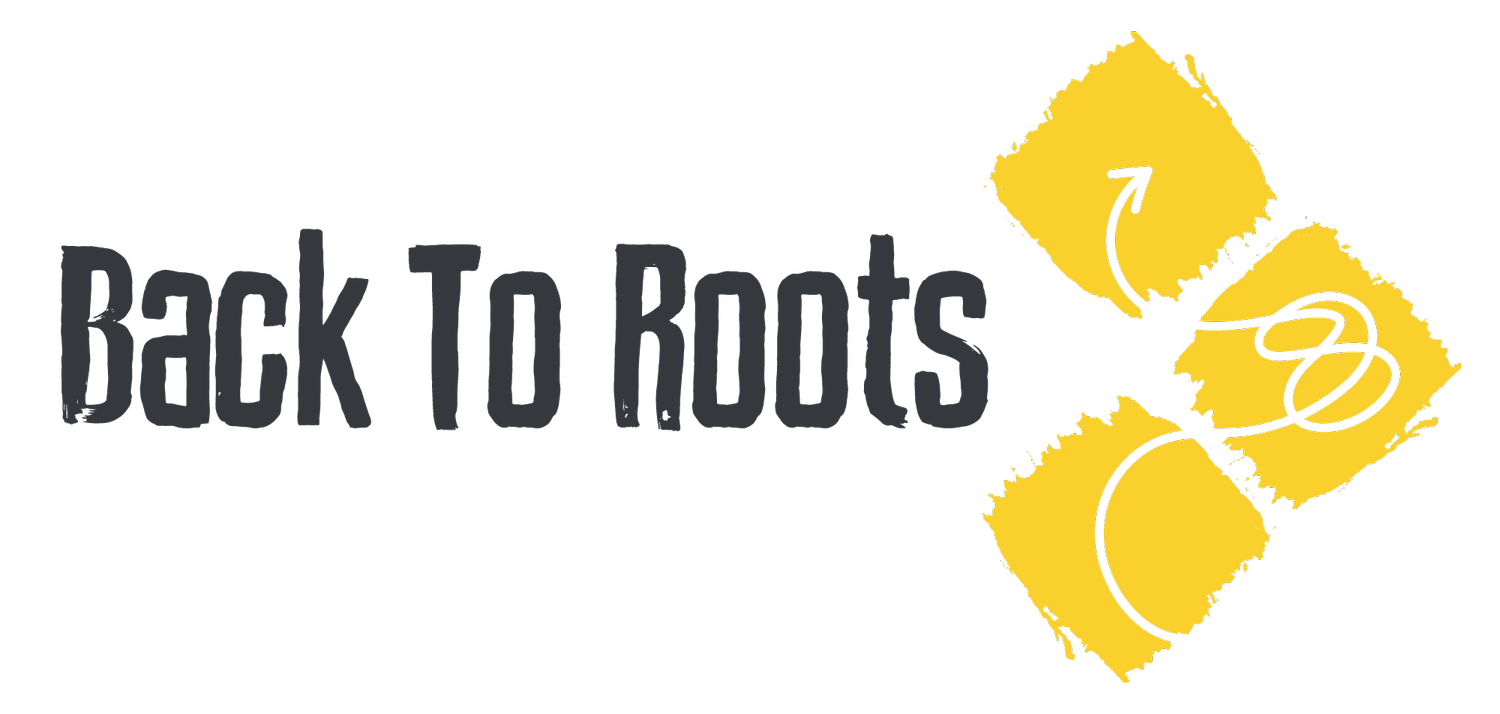Posture & Pain; Lower back and pelvis
This image was taken from an article designated to reducing or eliminating an anterior pelvic tilt (pelvis tipping forwards) or lumbar lordosis (low back arching) to solve aches and pains in the low back and pelvis. Are these postures really that bad for us?
Are these postures really that bad for us?
To establish whether the posture of the low back and pelvis is important in causing pain, it would be useful to look at people in pain and people not in pain and comment on the differences.
This posture pattern is a lower body variation of the last post and is often termed 'lower crossed syndrome', typically including short tight hip flexors, long weak hamstrings / glutes, over arching of the low back (lordosis) / tight extensors and weak long abdominals (see below).
The typical pattern in a so called lower crossed syndrome.
In 2003 researchers wanted to know if these postures (specifically arching of the low back) were more common in people with back pain. They used magnetic resonance imaging (MRI) and compared 27 people with back pain against 29 who didn't. Interestingly the authors found that there was no difference in how much patients 'arched' their low back between those in pain, and those without.1 These findings are supported by a 2008 systematic review2 and another study that looked at Turkish coalminers where they concluded that not only was low back arch not associated with back pain, neither was pelvic tilt, length of abdominals, hip flexors, hamstrings or leg length discrepancy!3.
Tipping of the pelvis forwards, or anterior pelvic tilt.
It was noted above that pelvic tilt was found not to be associated with back pain in the study of coalminers. This is an important point to consider as there is a theme in the health and fitness industry that 'anterior pelvic tilt' as noted on a posture analysis is problematic and forms the target of therapy and exercises to 'fix' it. However, when we look at asymptomatic populations (people with no pain) what we see is that a staggering 85% of men and 75% of women have an anterior pelvic tilt. Only 9% of men, and 18% of women had a neutral pelvic position. What these figures suggest is that in any given person, they are much more likely to have an anterior pelvic tilt than not irrespective of whether they are in pain. Despite the data to support it, this fear of posture persists in certain healthcare circles.4.
“only 9% of men and 18% of women actually had a neutral pelvis. An anterior pelvis is by far the most likely observation in asymptomatic people”
To add to the apparent issue of assessing pelvic tilt to tell us anything meaningful is the beautiful variation in anatomy that makes us human. The bony landmarks typically used to decide whether a pelvis is even anterior can differ significantly from one person to the next!5
There does appear to be some clinically relevant differences in those with low back pain when it comes to movement as was shown in a systematic review and meta-analysis. While postural factors again didn't seem to matter, people in pain displayed both a slower and reduced low back range of motion.6.
BUT WHAT ABOUT MUSCULAR IMBALANCES BETWEEN THE TIGHT HIP FLEXORS + LOW BACK EXTENSORS & WEAK HAMSTRINGS + ABDOMINALS?
The research discussed so far suggest that these muscle imbalances may not be as clinically relevant as some fear. There is even data from Australian Football League (AFL) players showing significant difference in cross sectional area of the hip flexors between left and right which are not correlated with injury risk7. As an interesting side note, it has even been demonstrated that cricket bowlers with back pain have more symmetrical muscle function that those without pain!8.
CLOSING THOUGHTS
The take-home message from this two-piece article on posture and pain is hopefully one that encourages you to ask a few questions of some firmly held beliefs around the topic. It has long been assumed that there are good and bad postures and that the later lead to pain. A sweep of the literature suggests that there is not a great deal to support the idea that there is an inherent problem with either an anterior pelvis or an arched low back per se. That does not mean to say that they can't be involved, but as we currently understand pain, it is not accurate to say there is any one posture better (or worse) than another.
It may even be absolutely normal to be asymmetrical throughout the body displaying so called imbalances, pursuit to change this will likely end up fruitless.
Your best posture is your next posture.
Keep on moving.
Luke R. Davies :)
REFERENCES



